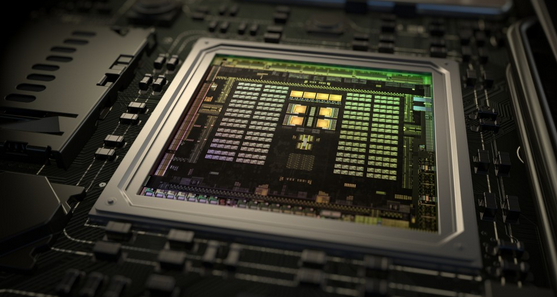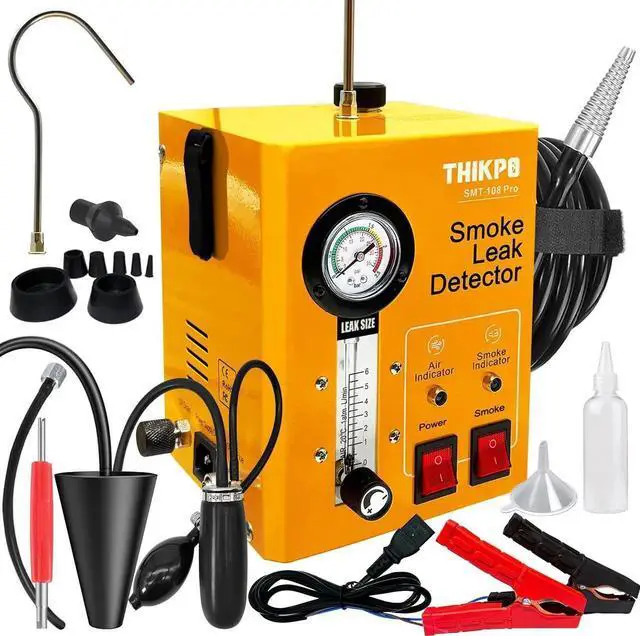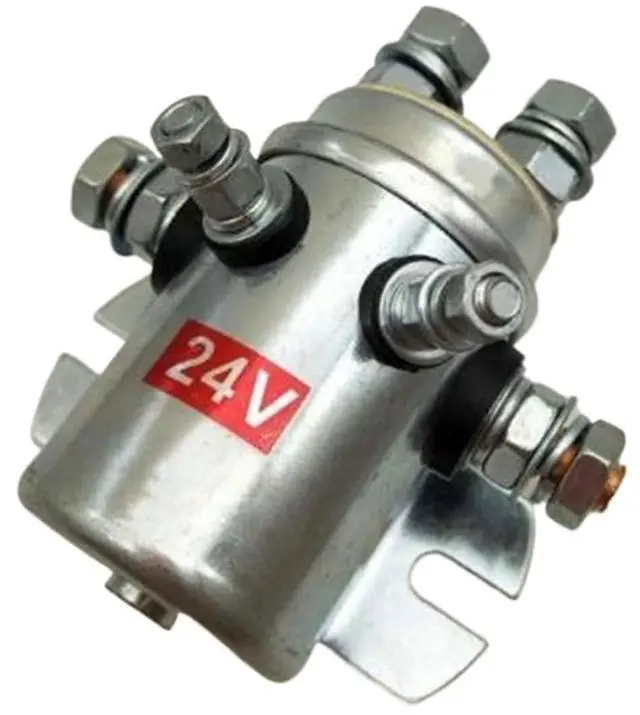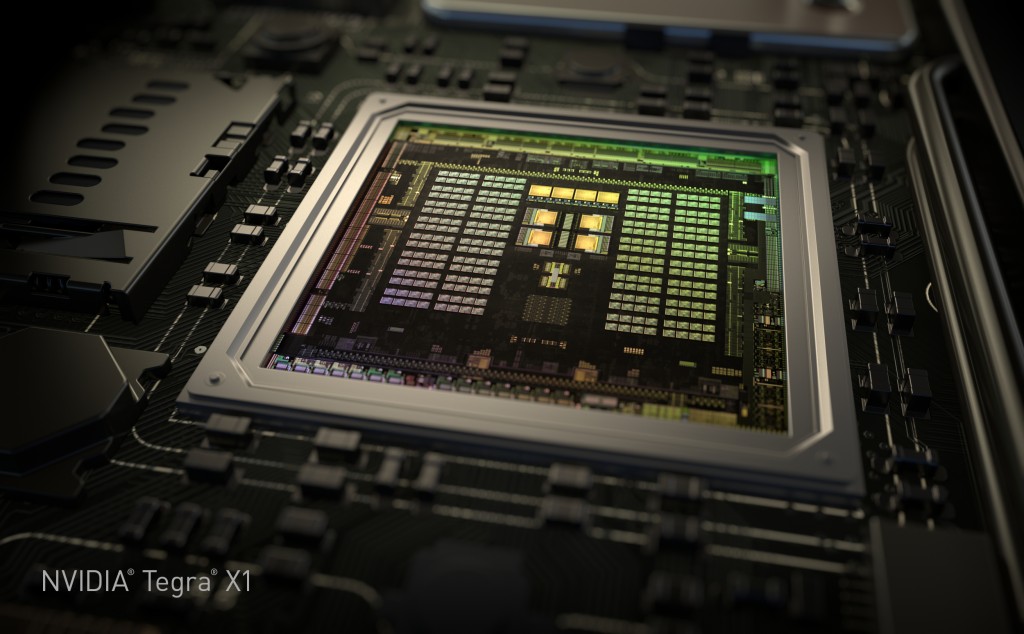
When NVIDIA CEO Jen-Hsun Huang unveiled his company’s next-generation mobile super chip at CES 2015, he described a future of “autonomous cars, robots, and drones with seeming intelligence that is hard to imagine.” And while we can’t predict when (or if) this will happen in the future, it’s a safe bet these machines will require a lot of power if we expect them to actually be “smart.”
And that’s where the Tegra X1 steps in.
Built on the same Maxwell architecture that powers top-performing applications, the Tegra X1 super chip is loaded with specs that are twice as powerful as its Tegra K1 predecessor. That’s serious horsepower for something the size of a thumbnail and also poses an interesting question: Is a new era of smart machines upon us?
The Most Advanced Mobile Processor Ever Created
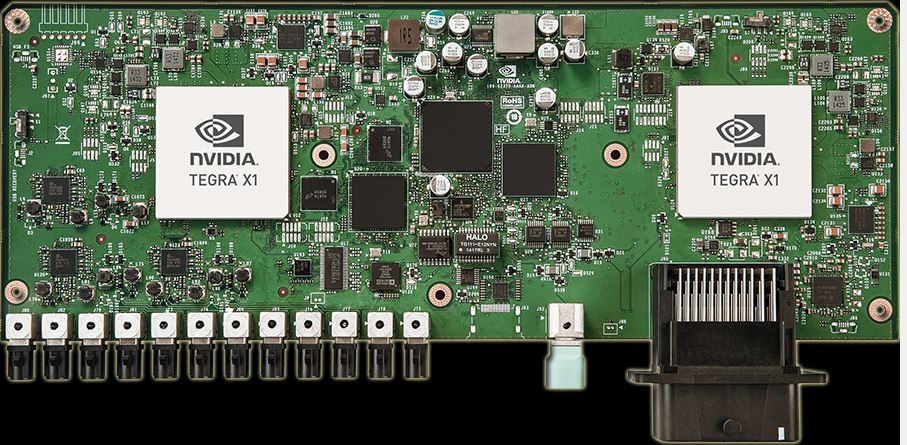
NVIDIA’s belief that smart technology will be a part of our future isn’t as outlandish as some people may think. Autonomous vehicles, robots, and drones are already a major part of our culture and are getting smarter by the day. But if we want these machines to do more than just move around, then they’re going to need a processor capable of learning — and that’s why the Tegra X1 is so important.
The Tegra X1 has over one teraflops of processing power and is faster that than the world’s first teraflops supercomputer — 1997’s ASCI Red. By comparison, the ASCI Red took up 1,600 square feet and consumed over 500,000 Watts of power along with another 500,000 Watts to cool the room it was in.
Nearly 20 years later, the Tegra X1 has the same processing power as that supercomputer yet occupies 1 square-inch while consuming only 10 Watts of power. No other mobile processor is this advanced and the Tegra X1 is a giant step forward in mobile processing.
Because of its small footprint, the Tegra X1 is also the perfect processor for the most challenging applications. It sets a new bar for GPU compute performance and will lead the next generation of smart machines into unchartered territory.
NVIDIA Tegra X1 Specs
GPU: NVIDIA Maxwell 256-Core GPU
DX-12, OpenGL 4.5, NVIDIA CUDA, OpenGL ES 3.1, and AEP
CPU: 8 CPU-Core, 64-bit ARM CPU
4x A57 2MB L2; 4x a53 512KB L2
VIDEO: H.265, VP9 4K 60fps Video
4K H.265, 4K VP9, 4K H.264
POWER: 20nm SOC – TSMC
Isolated Power Rails, Fourth-Generation Cluster Switching
DISPLAY: 4K x 2K @ 60Hz, 1080p @ 120Hz
HDMI 2.0 60fps, HDCP 2.2
The specs on the Tegra X1 are not only impressive, they also support every major graphics standard. And while the chip rivals the world’s top-performing gaming graphics card — the GeForce GTX 980 — it will be used for a lot more than gaming.
The Future of Super Chip Computing
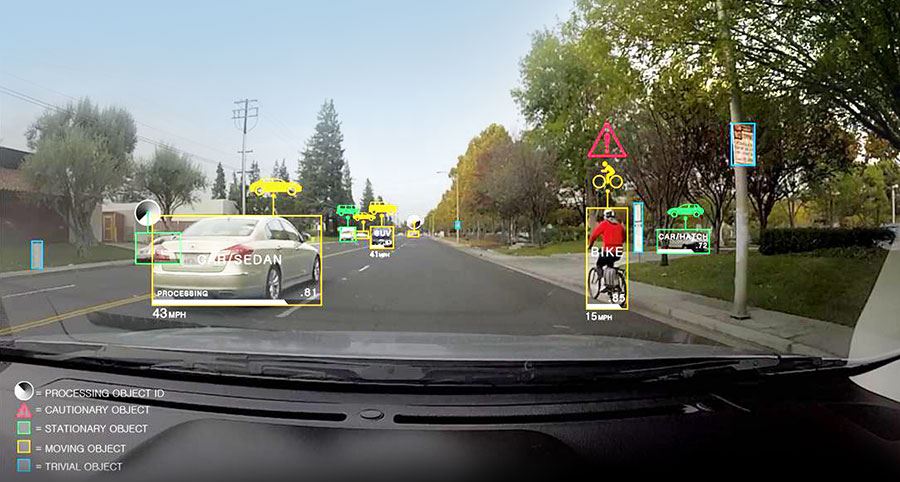
Tegra processors are designed for embedded products, mobile devices, and autonomous machines. NVIDIA believes the Tegra X1 can not only power these applications, but also redefine mobile computing as we know it. And the first step in doing so will be inside our automobiles.
“[The Tegra X1] will be featured in the newly announced NVIDIA DRIVE car computers. DRIVE PX is an auto-pilot computing platform that can process video from up to 12 onboard cameras to run capabilities providing Surround-Vision, for a seamless 360-degree view around the car, and Auto-Valet, for true self-parking. DRIVE CX is a complete cockpit platform designed to power the advanced graphics required across the increasing number of screens used for digital clusters, infotainment, heads-up displays, virtual mirrors and rear-seat entertainment.”
–NVIDIA
The Drive PX platform is based entirely on the Tegra X1 processor and enables smarter Advanced Driver Assistant Systems (ADAS). It will detect objects, tell you what they are, and even stop your vehicle if it has to. This means the car is not only sensing what’s around you, it’s also interpreting what’s taking place around it.
Drive PX Features
- Front View ADAS
- Mirrorless Rear View
- Cross Traffic Vision
- Surround Vision
- Driver Monitoring
Safety isn’t the only thing the Tegra X1 is capable of improving on our vehicles. It will also make everything inside the car look better with advanced graphics. Drive CX includes advanced 3D navigation and infotainment, high-resolution instrument clusters, natural speech processing, and image processing for driver assistance. These technologies may already exist, but the Tegra X1 will make everything digital look realistic.
Drive CX Features
- Advanced Graphics for 3D Navigation and Infotainment
- Best-in-Class Graphics for Stunning Digital Instrument Clusters
- Surround Vision with Advanced Rendering
Automotive Breakthrough
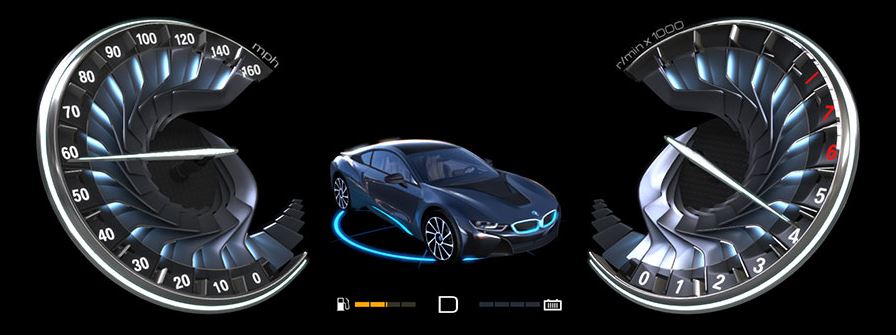
NVIDIA has partnered with some the most forward-looking automakers to bring this technology to the masses. The Drive PX and CX platforms are also fully compatible with both Android Auto and Apple CarPlay. Thanks to the Tegra X1, connecting your smartphone to your car will be easier than ever while providing a level of interaction unlike ever before.
As autonomous vehicles become more mainstream, it will be crucial to make them as smart as possible. The Tegra X1 is the first chip designed with this philosophy in mind and promises to make self-driving technology safer (and better-looking) than ever before. It’s the first phase of a new era of computer hardware that’s only going to get better.
The Tegra X1 is clearly a technical achievement for high-resolution 3D graphics and automobile applications. The fact that it’s also small enough to power our smartphones is a testament to how advanced mobile technology has become. I’m not sure if robots and drones will reach the level of sophistication that Mr. Huang predicted at CES, but I look forward to using the technology in my car.
Do you?
What do you think? Will the NVIDIA Tegra X1 make autonomous vehicles smarter? Let us know in the comments below!

